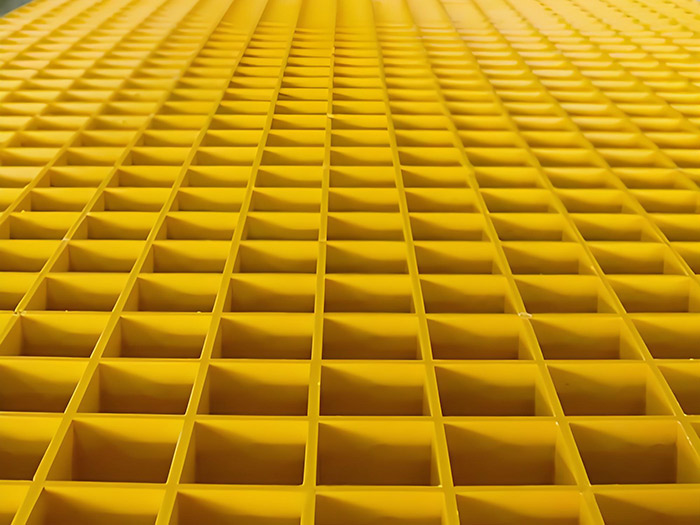High Strength FRP I Beam: Reinforcing Your Structures with Advanced Fiber-Reinforced Polymer Technology
Введение
Structural integrity is paramount in construction, and engineers and architects are constantly seeking innovative materials to enhance the durability and strength of buildings. One such material that has gained significant attention is Fiber-Reinforced Polymer (FRP) I beams. These advanced components offer a robust solution for reinforcing structures, combining high strength with lightweight properties. But what exactly are FRP I beams, and how do they compare to traditional materials? Let’s delve into these questions and explore the benefits of using FRP technology in construction.
What Are FRP I Beams?

FRP I beams are composite materials made from a combination of fibers (such as carbon or glass) and a polymer matrix. The fibers provide exceptional strength, while the polymer matrix ensures durability and resistance to environmental factors. Unlike traditional steel beams, FRP I beams are significantly lighter, making them easier to transport and install. This lightweight nature also reduces the load on the supporting structure, allowing for more efficient designs.
Key Properties of FRP I Beams
- High Strength-to-Weight Ratio: FRP beams offer superior strength while being lighter than steel.
- Corrosion Resistance: Unlike steel, FRP does not rust, making it ideal for structures exposed to harsh environments.
- Electrical Insulation: FRP is non-conductive, which is beneficial for projects requiring electrical installations near structural components.
- Flexibility in Design: FRP can be molded into various shapes, allowing for customized solutions.
Why Choose FRP I Beams?
Enhanced Durability
One of the primary reasons engineers opt for FRP I beams is their exceptional durability. Traditional steel beams can suffer from corrosion and fatigue over time, requiring frequent maintenance. FRP beams, on the other hand, maintain their structural integrity even in corrosive environments, reducing the need for repairs and extending the lifespan of the structure.
Reduced Maintenance Costs
The low-maintenance nature of FRP beams translates to significant cost savings over the life of a project. Without the need for regular painting or coatings to prevent rust, FRP beams require minimal upkeep, allowing project budgets to be allocated to other critical areas.
Устойчивое развитие
Environmental concerns are increasingly influencing construction choices. FRP beams are an eco-friendly option as they are made from recyclable materials and do not contribute to environmental degradation. Additionally, their lightweight design reduces fuel consumption during transportation, further minimizing the carbon footprint.
Challenges and Considerations
While FRP I beams offer numerous benefits, there are some challenges to consider. The initial cost of FRP materials can be higher than traditional steel, which may be a barrier for some projects. However, the long-term savings in maintenance and increased lifespan often outweigh the higher upfront investment. Additionally, FRP beams may not be as thermally conductive as steel, which could be a factor in certain applications.
Применение в реальном мире
FRP I beams have been successfully used in a variety of projects, including bridges, buildings, and industrial facilities. For instance, the use of FRP beams in coastal regions has been particularly beneficial due to their resistance to saltwater corrosion. In urban environments, FRP beams offer a noise-reducing advantage, making them ideal for high-rise buildings where acoustic performance is crucial.
Sharing the Knowledge
If you are involved in construction or engineering, sharing the benefits of FRP I beams with your colleagues can lead to more innovative and durable structures. Consider hosting a workshop or webinar to educate your team on the advantages of FRP technology. Additionally, collaborating with FRP suppliers can provide insights into the latest advancements in the field, ensuring you stay ahead of the curve.
Заключение
High Strength FRP I beams represent a forward-thinking solution for reinforcing structures with advanced fiber-reinforced polymer technology. Their high strength-to-weight ratio, durability, and resistance to environmental factors make them an attractive option for a wide range of applications. While there are initial cost considerations, the long-term benefits in terms of reduced maintenance and extended lifespan make FRP beams a worthwhile investment. By embracing this innovative technology, engineers and architects can create more resilient and sustainable structures for the future.
By understanding and leveraging the advantages of FRP I beams, the construction industry can push the boundaries of what is possible, delivering safer and more efficient buildings for generations to come.







